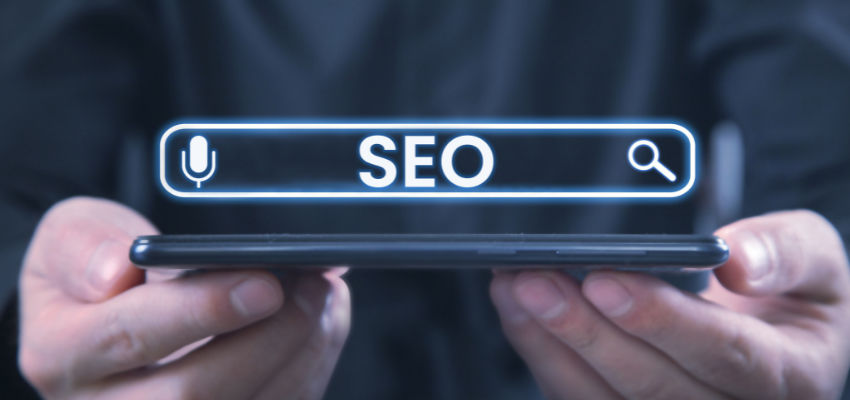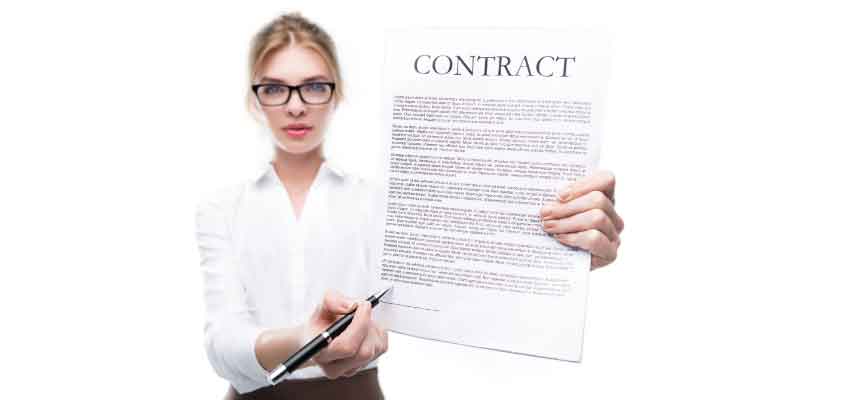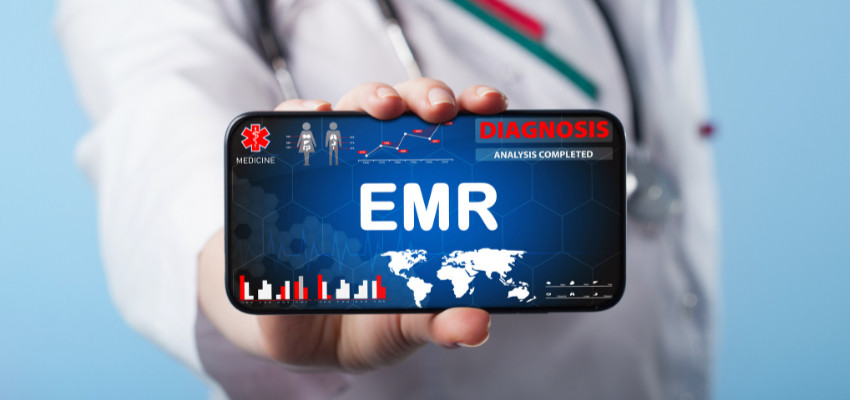Show:
How to Create Stunning Marketing Images in Minutes Using AI
In today’s fast-paced digital world, eye-catching visuals aren’t just a “nice-to-have” for marketing—they’re essential for cutting through the noise and capturing audience attention. Traditionally, crafting high-quality graphics and images meant hiring professional designers, investing in expensive photoshoots, or spending hours in image-editing software. Now, with the rise of AI-powered design tools, you can generate polished and unique visuals in a fraction of the time. This article explores how these automated platforms work, why they’re transforming marketing, and how you can start creating standout images in minutes—even if you’re not a design pro.
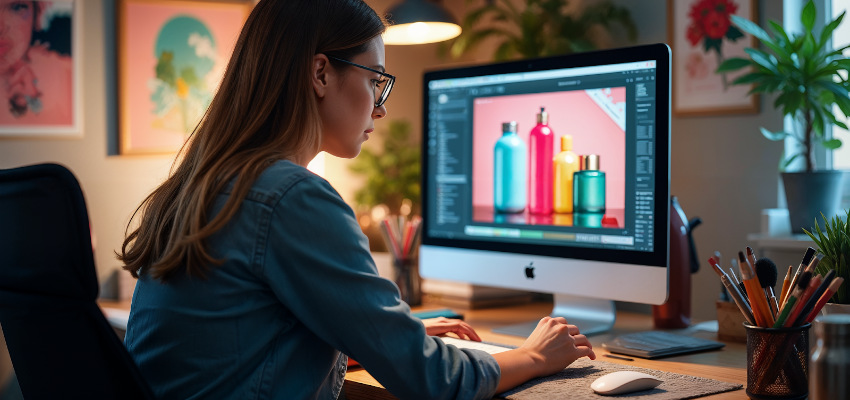
(image credit: CGDream)
Why Fast Visual Creation Matters for Marketing
High-quality images have a remarkable impact on audience engagement. Social media posts with attractive graphics often receive significantly higher interaction than text-only updates, and well-crafted visuals can help build trust on landing pages or product listings. Yet speed is often as critical as quality. In a world dominated by quick consumption of online content, delays in producing engaging visuals can hinder your marketing campaign’s momentum.
- Rise of Visual Commerce: E-commerce and social media have transformed the way customers interact with products. Clear, enticing images can make a product more appealing and increase conversion rates.
- Time-Saving Advantage: Traditional methods—like hiring professional photographers or renting studio space—require substantial scheduling and financial investment. With automated design software, you can produce multiple visuals in minutes, allowing you to focus on refining your message rather than getting bogged down in a lengthy creative process.
- Audience Expectations: Consumers expect brands to regularly update their online presence. Quickly refreshed visuals signal that your business stays current, appealing, and dedicated to providing new content.
Tip: When creating visuals quickly, remember to factor in metrics—like click-through rates and conversions—to measure whether those images are actually driving the results you need.
Examples of Marketing Images
Before diving into the technical side of automated design, it helps to understand the wide range of visuals that marketers regularly produce. These include:
- Posters and Flyers: Printed or digital, these large, eye-catching layouts are often used for events, product launches, or in-store promotions.
- Stock Photos and Graphics: Many campaigns rely on stock imagery or custom graphics to illustrate blog posts, emails, or product pages. Automated tools can replace or supplement these stock assets by generating one-of-a-kind visuals on demand.
- Icons and Infographics: Smaller design elements—such as icon sets, charts, or diagrams—can be created swiftly and styled to match your branding.
- Social Media Creatives: From Instagram carousels to Facebook ads, social platforms thrive on new, engaging images. Automated systems let you quickly test multiple versions or styles to see which resonates most with your audience.
- Website Banners and Hero Sections: These large, prominent images often form the first impression on a webpage. Tailoring them to your audience and keeping them updated can help reduce bounce rates and improve conversions.
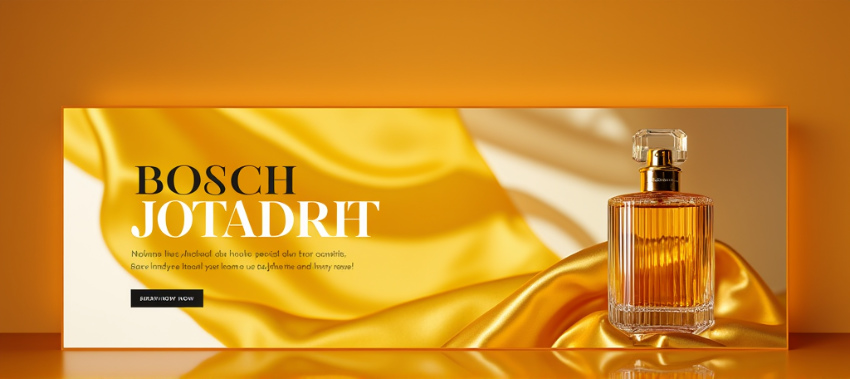
(image credit: CGDream)
With such a variety of formats, having a quick, cost-effective way to produce marketing images is invaluable—especially in a fast-moving environment. AI image generators like CGDream make it simple by offering prompt-based generation, style filters, upscaling, and even 3D-to-image conversions, all without requiring advanced technical skills. By combining these features, marketing teams can swiftly create high-quality, brand-consistent artwork for everything from posters to social media campaigns.
Key Features of Generative Image Tools
Modern automated platforms offer a range of functions that streamline the image creation process while enhancing brand consistency:
- Text-to-Image Conversion
Simply type a description of what you want (e.g., “sleek smartphone on a marble table, minimalistic style, soft lighting”), and the tool interprets your request to produce a tailor-made graphic.
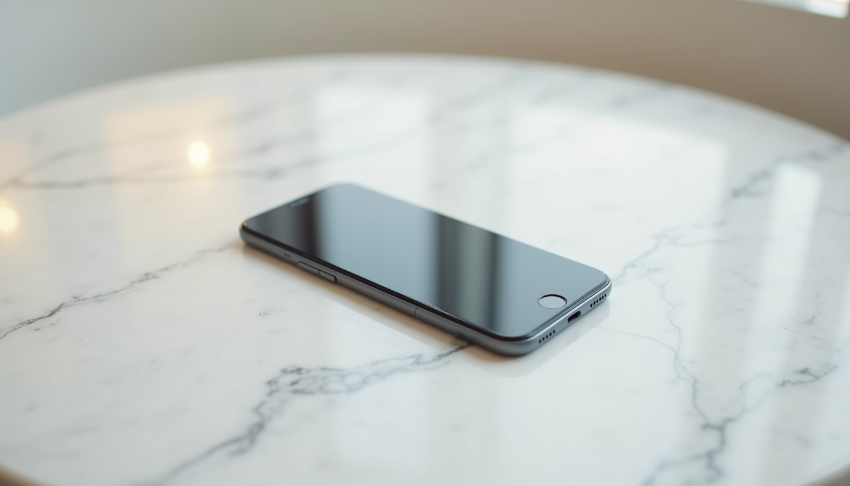
(image credit: CGDream)
- Image Upscaling
If your original image or newly generated content is low resolution, many systems incorporate upscaling processes. These capabilities boost clarity and sharpness without the usual pixelation from traditional resizing methods. - Background Removal and Replacement
Using AI image inpainting or content-aware fill, you can remove backgrounds or unwanted elements quickly. Then, place your subject into new scenes, color palettes, or seasonal themes—fantastic for promotions that need frequent, visually striking updates. - Style Adaptation
If you have a specific brand aesthetic—like neon retro or elegant grayscale—these tools can often apply a consistent look across your images. This ensures a uniform feel without the tedium of manual editing. - Smart Variations
Some platforms generate multiple versions based on a single description, giving you a variety of options. You can quickly pick the best layout or combination of elements to suit your marketing goals—or even A/B test them to see which version draws the strongest response.
Pros and Cons of Utilizing High-Level Automation
Pros
- Multiple Variations Fast
Generate numerous layout or style options from a single prompt, streamlining early-stage creative decisions. - Built-In Brand Consistency
Many tools let you store brand colors and fonts, ensuring cohesive visuals across campaigns. - Accessibility
User-friendly interfaces and simplified prompts make it feasible for non-designers to produce professional-looking images.
Cons
- Generic Results
The widespread use of similar platforms may produce visuals that lack a unique, brand-specific touch—fine-tuning or combining tools (e.g., importing AI outputs into Photoshop) can alleviate this. - Limited Fine Tuning
Achieving nuanced layouts or hyper-detailed edits often requires manual intervention beyond automated outputs. - Data and Licensing Ambiguities
When platforms are trained on massive, open datasets, copyright questions or usage restrictions can arise in commercial scenarios. Always confirm usage rights and consider consulting legal advice for large-scale campaigns.
Conclusion
In a marketing environment that demands quick, consistent visuals, modern creation tools can be a powerful ally. Freed from lengthy design cycles, you can concentrate on strategy and brand messaging rather than wrestling with labor-intensive processes. As you adopt these platforms, consider integrating them with your existing workflows and tracking the ROI of your visuals to ensure they truly support your goals. Keep an eye on quality, originality, and usage concerns, too, since a distinctive brand voice and look remain essential for standing out. Strike the right balance between automated speed and human oversight, and you’ll produce memorable designs that capture attention, reinforce brand identity, and ultimately drive better results.

 Return to Previous Page
Return to Previous Page

